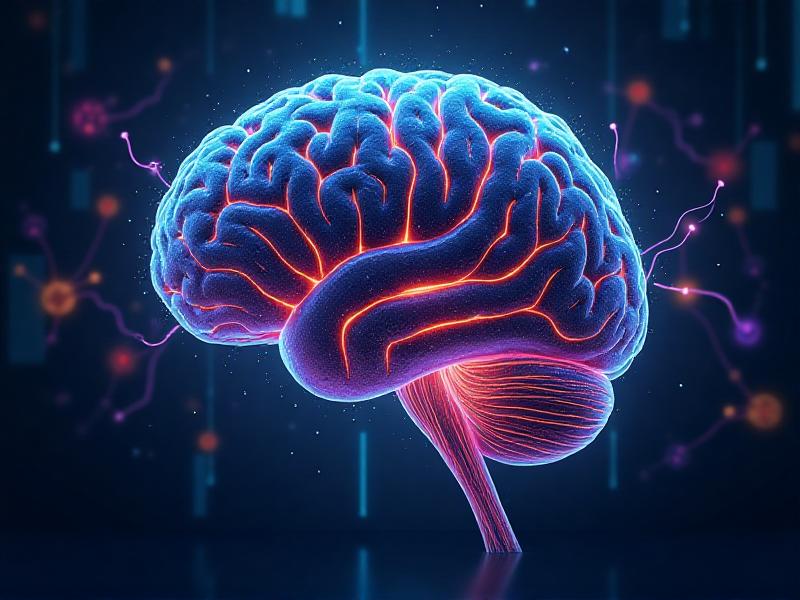Virtual Reality Postpartum Group Training
Introduction to Virtual Reality Postpartum Group Training
Virtual Reality (VR) is revolutionizing various sectors, and healthcare is no exception. One of the most promising applications of VR is in postpartum care, particularly through group training sessions. These sessions aim to support new mothers as they navigate the physical and emotional challenges of the postpartum period. By leveraging VR technology, healthcare providers can offer immersive, interactive, and accessible training programs that address a wide range of postpartum needs.

The Science Behind VR and Postpartum Recovery
Understanding the science behind VR and its impact on postpartum recovery is crucial. VR works by creating a simulated environment that can influence the brain's perception and response. For postpartum mothers, VR can be used to manage pain, reduce stress, and improve mental health. Studies have shown that VR interventions can significantly lower anxiety levels and enhance emotional well-being. This section delves into the neurological and psychological mechanisms that make VR an effective tool for postpartum recovery.

Benefits of Group Training in Postpartum Care
Group training offers numerous benefits for postpartum mothers, fostering a sense of community and shared experience. When combined with VR, these benefits are amplified. Virtual group sessions allow mothers to connect with others who are going through similar experiences, reducing feelings of isolation. Additionally, group training can provide structured support, expert guidance, and a safe space for mothers to discuss their concerns. This section explores the advantages of integrating VR into postpartum group training programs.

Designing Effective VR Postpartum Training Programs
Creating effective VR postpartum training programs requires careful planning and consideration of various factors. These include the content of the sessions, the technology used, and the needs of the participants. Program designers must ensure that the VR experiences are engaging, educational, and tailored to the specific challenges of postpartum recovery. This section provides insights into the key elements of designing successful VR training programs, from content development to user experience.
Case Studies: Successful VR Postpartum Group Training Initiatives
Examining real-world examples of successful VR postpartum group training initiatives can provide valuable insights. These case studies highlight the implementation, outcomes, and lessons learned from various programs. By analyzing these examples, healthcare providers can gain a better understanding of what works and how to optimize their own VR training initiatives. This section presents detailed case studies that showcase the potential of VR in postpartum care.
Challenges and Solutions in VR Postpartum Group Training
While VR postpartum group training offers many benefits, it also comes with its own set of challenges. These can include technical issues, accessibility concerns, and the need for specialized training for healthcare providers. This section discusses the common challenges faced in implementing VR training programs and offers practical solutions to overcome them. By addressing these obstacles, healthcare providers can ensure the successful adoption and sustainability of VR in postpartum care.
Future Trends in VR Postpartum Care
The future of VR in postpartum care is bright, with emerging trends and advancements poised to further enhance its effectiveness. From AI-driven personalized training programs to the integration of augmented reality (AR), the possibilities are endless. This section explores the latest trends and innovations in VR postpartum care, providing a glimpse into what the future holds for new mothers and healthcare providers alike.
Conclusion: The Impact of VR on Postpartum Group Training
Virtual Reality is transforming postpartum group training, offering new mothers a unique and effective way to navigate the challenges of the postpartum period. By combining the immersive power of VR with the supportive nature of group training, healthcare providers can offer comprehensive care that addresses both physical and emotional needs. As technology continues to evolve, the potential for VR in postpartum care will only grow, paving the way for a brighter future for new mothers everywhere.







